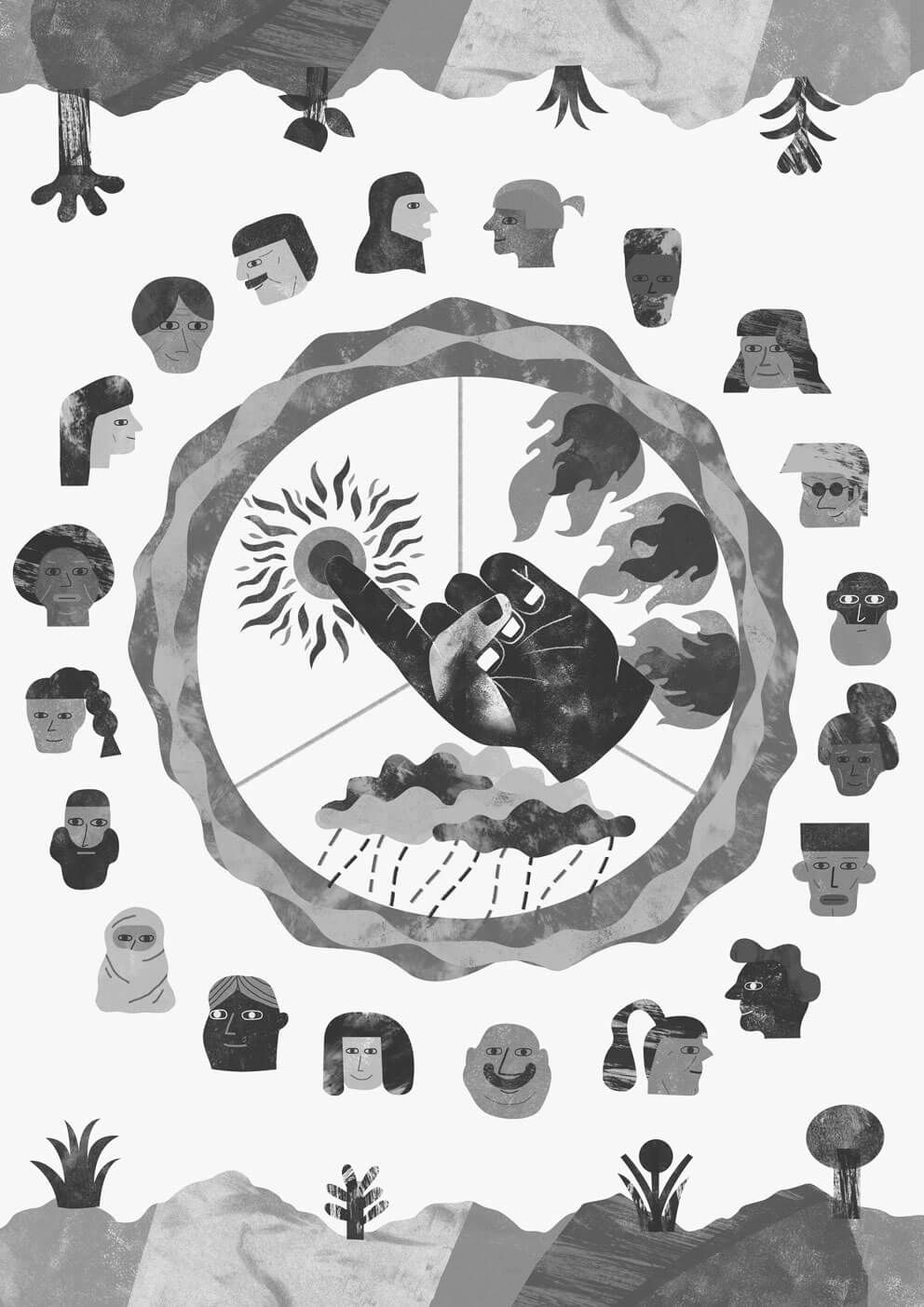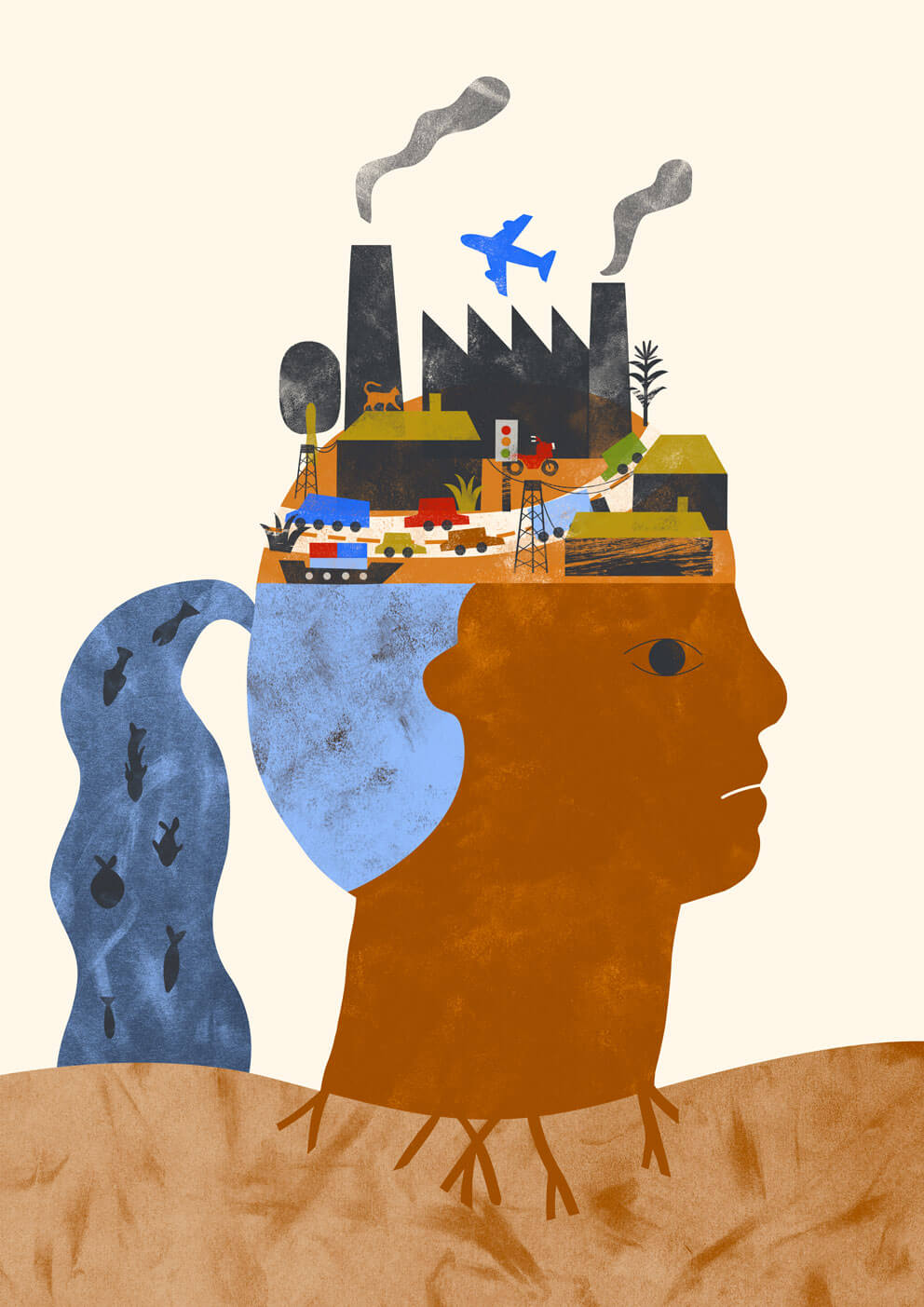THE FACES OF CLIMATE VULNERABILITY
|
The climate emergency and ecological crisis represent an enormous challenge for humanity and the planet. Climate change caused by human action has increased the frequency and intensity of extreme phenomena such as extreme temperatures, heatwaves, droughts, and floods, affecting ecosystems, people, and infrastructure. Continental aquatic ecosystems, such as rivers, lakes, and wetlands, have suffered serious damage to their biodiversity, structure, and resilience due to climate change, and exacerbated by pollution and habitat fragmentation.The lack of access to clean water and other ecosystem services from continental waters generates inequalities and gender discrimination. Women and girls are the most affected by climate change, especially those from indigenous and Afro-descendant communities, older women, LGBTIQ+ individuals, women and girls with disabilities, migrants, and those living in rural, remote, conflict-prone, and disaster-prone areas.
The perpetuation of gender inequalities hinders climate change mitigation and limits the adaptive capacity of communities. Climate justice integrates women into climate change adaptation actions, addressing global and structural issues and challenging the unacceptable and unethical use of resources benefiting the powerful and elites. It is a transformative path towards sustainable peace and security. |








